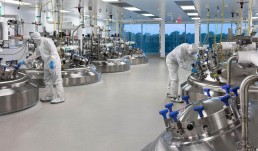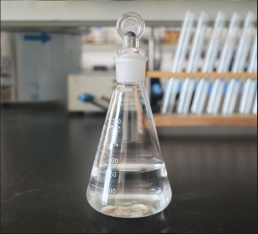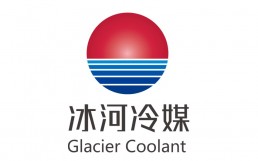Why thermal fluid choice is important in pharmaceutical applications
Heat transfer systems are widely used in the pharmaceutical industry to indirectly heat and cool ingredients during processes such as bulk drug processing, batch reactions and crystallisation.

As the thermal fluid moves around the system, it transfers heat to or from base, intermediate and final stage products to achieve the required temperatures.
Thermal fluid-based systems pose many advantages compared with steam-based ones in terms of efficiency, safety and precise temperature control. However, not all thermal fluids are created equal and there are several considerations when deciding which heat transfer fluid (HTF) is most suited to a process.
Does fluid choice matter?
Upfront fluid cost may seem like a big consideration but, in the long-term, achieving good return on investment comes from maintaining the fluid appropriately. All HTFs degrade with time, but the speed of this degradation increases if system temperatures consistently exceed the recommended fluid range.
Degradation occurs at elevated temperatures because the bonds that exist between hydrocarbon chains start to break, resulting in a process known as fouling that leads to the production of carbon deposits in the system.
Eventually, sludge starts to build up inside the pipework and reduce the efficiency. The temptation here is to turn the system up to compensate for the reduction in heat transfer.
However, the Arrhenius equation suggests that increasing the temperature by just ten degrees can halve the expected lifespan of a fluid, making the problem worse.
If the thermal fluid has degraded substantially, pharmaceutical manufacturers may start to experience problems in their process and will have to cease production, throw away wasted batches and drain, clean and flush the entire system, causing unexpected and costly downtime.
Operating temperature matters
There is no need to panic, however, as thermal fluids can enjoy a very long lifespan if care is taken to select, operate and maintain them according to the manufacturer’s recommendations.
HTFs each have specific characteristics that ensure they are thermally stable and perform well if operated at the appropriate temperatures.
Even so, manufacturers should always consider their operating temperatures when selecting an HTF to ensure that the fluid can safely and efficiently run at the required temperature. As the Arrhenius equation law suggests, choosing an oil not suited to your process temperatures will cause problems later on.

Chemical considerations
HTFs have different chemical compositions that manufacturers may consider when deciding how suitable a fluid’s properties are for a specific application.
Although mineral based fluids do offer a good trade-off between cost and performance, the popular choice in pharma applications is synthetic HTFs. These have a lower susceptibility to form carbon than mineral-based oils, offer better heat transfer efficiency, thermal stability and a higher resistance to fouling.
If you are looking to operate a system at a high temperature, you might want to consider a synthetic-based fluid such as LM-15 series and LM-16 series.. Synthetic fluids are known to have better stability at high temperatures than their mineral-based counterparts.
They also have a lower viscosity than mineral-based fluids, so perform efficiently in both vapour and liquid phases. Chemical reactions and crystallisation occur at a range of low and high temperatures, so manufacturers can benefit from choosing a thermal fluid with a broad operating temperature range, such as Globaltherm L and Globaltherm J.
These fluids also have low viscosity that allows the fluid to be easily pumped around the system, improving heat transfer efficiency and reducing production energy costs.
A full fluid life
However, once you have chosen a suitable fluid, you can’t stop there. All thermal fluids will degrade with time, but regular monitoring and maintenance will slow the process.
Implementing a comprehensive thermal fluid lifecycle maintenance plan further supports manufacturers with on-site engineering and thermal fluid management support from experts in heat transfer oil.
Regular thermal fluid analysis can also slow degradation. By taking a representative sample from a system that is hot, live and circulating and sending it for laboratory analysis, pharmaceutical manufacturers can understand the condition of their fluid and plan maintenance accordingly.
Preventive maintenance can help to slow degradation and reduce the risk of carbon deposition and fouling from decreasing the efficiency of the HTF. This way, manufacturers can optimise system performance, reduce energy costs, improve health and safety and decrease unexpected downtime.
The best approach is to implement a comprehensive thermal fluid lifecycle maintenance plan, such as Thermol care 24/7 Live Condition Monitoring.
This cloud-based remote monitoring system uses real-time analytics to monitor fluid condition, sending instant alerts to maintenance personnel on a smart device as soon as it detects any issues that could impact productivity.
Ultimately, a manufacturer must consider the heat transfer performance against their manufacturing requirements. Poor fluid choice can lead to inefficient system operation and accelerated thermal fluid breakdown, which can increase maintenance requirements and mean products are non-compliant.
However, by carefully considering the requirements of the system and the application, manufacturers can make informed choices about their heat transfer fluids and ensure smooth operation throughout the fluid’s working life.
How to Choose the Right Heat Transfer Fluid
Heat transfer fluid selection can involve complicated, multi-dimensional decisions where factors such as thermal stability,pumpability, pressure requirements, and more must be weighed in an effort to achieve the optimum balance of performance and economy in your particular system. However, you may be able to narrow your range of options with a few basic decisions.
First, choose a synthetic organic fluid, a silicone fluid or an inhibited glycol-based fluid based on your temperature requirements. If your heat transfer application has a maximum-use temperature requirement above 175˚C (350˚F), consider a synthetic organic or silicone fluid. For temperatures lower than 175˚C (350˚F), or if you need freeze protection for a water based system, consider an inhibited glycol-based fluid.
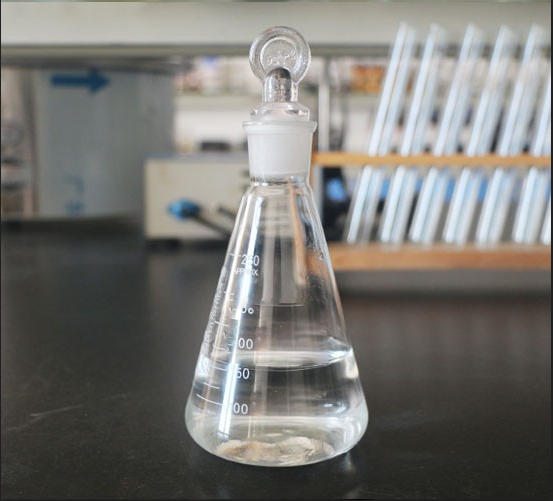
Synthetic organic and silicone fluids are thermally stable at temperatures up to 400˚C (750˚F). While operating at these elevated temperatures, they exhibit vapor pressures much lower than steam, making them more practical and less expensive to use. Fluids with broad operating temperature ranges offer high temperature stability and low temperature pumpability.
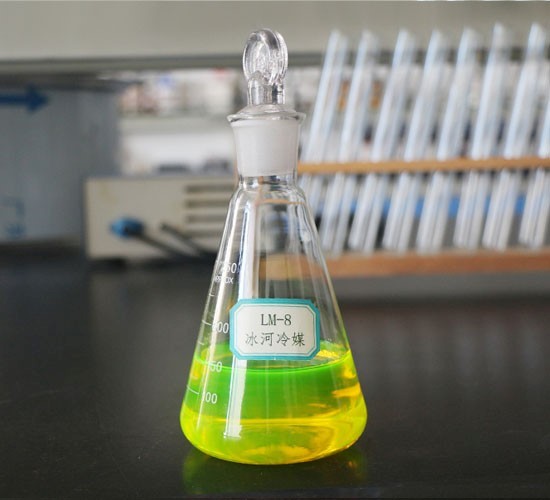
Inhibited glycol-based fluids are solutions of water and inhibited glycols operating below 175˚C (350˚F). The concentration of glycol in the fluid directly affects its performance properties.
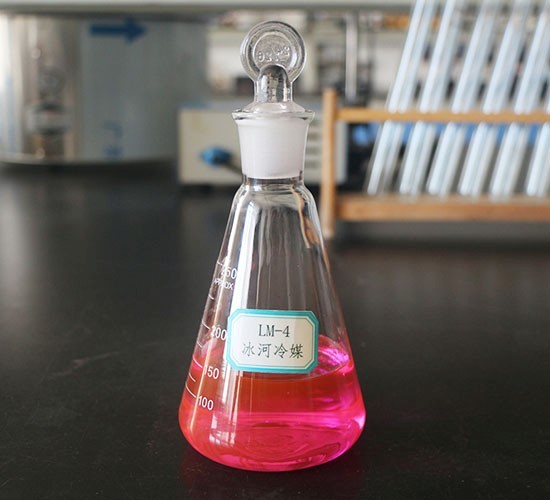
If an inhibited glycol-based fluid will meet your system’s thermal requirements, you can choose between ethylene glycol- and propylene glycol-based fluids. In most applications ethylene glycol-based fluids are preferred because of their lower viscosity and resulting superior heat transfer efficiency.
However, local regulations or a specific application may require the use of a propylene glycol-based fluid. Propylene glycols are commonly used in applications in which a fluid low in acute oral toxicity is required, for example, where incidental contact with drinking water is possible and in food processing applications.
What is the difference between propylene glycol and ethylene Glycol?
How do you choose a glycol?
Glycols are used in many different process cooling and heating applications: HVAC systems, ice rinks, food and pharmaceutical processes,Chemical processes, plastic molding, and solar thermal heat transfer. There are two main types of glycols: ethylene glycol and propylene glycol.
The number one difference between the two glycols is that ethylene glycol is toxic and propylene glycol is not, allowing propylene glycol to be purchased as food grade in addition to the technical or industrial grade.
The two glycols also have differences in their physical properties. Propylene glycol solutions have higher viscosity and higher freezing point than ethylene glycol at the same percentage, causing it to be less thermally efficient than ethylene glycol, especially at lower temperatures. Propylene glycol is also more expensive than ethylene glycol.
To illustrate this, compare the properties of 50 volume % propylene glycol versus ethylene glycol. 50% propylene glycol has a freezing pointof -31°F, where 50% ethylene glycol freezes at -36°F. The viscosity of that propylene glycol solution is 96 centipoise at -10°F, and the ethylene glycol will be 27 centipoise at the same temperature. This means that ethylene glycol can be used at temperatures roughly 20 degrees lower than propylene glycol.
For these reasons, ethylene glycol is commonly used in applications where efficiency is important and there is no human or animal contact, such as ice rinks, plastic molding, and in-line heaters,pharmaceutical processes,Chemical processes. Ethylene glycol is the predominant fluid used for automotive antifreeze formulations. Propylene glycol is used in food and pharmaceutical applications, and HVAC systems in schools, homes, and businesses – anywhere there is a risk of human or animal exposure.
To determine which glycol is most appropriate for your system, all these factors should be taken into consideration: type of application, toxicity, thermal efficiency, and cost. There is no one-size-fits-all solution when it comes to constructing a heat transfer system, and you should make your choice of fluid thoughtfully and carefully.
What are Phase Change Materials (PCM)?
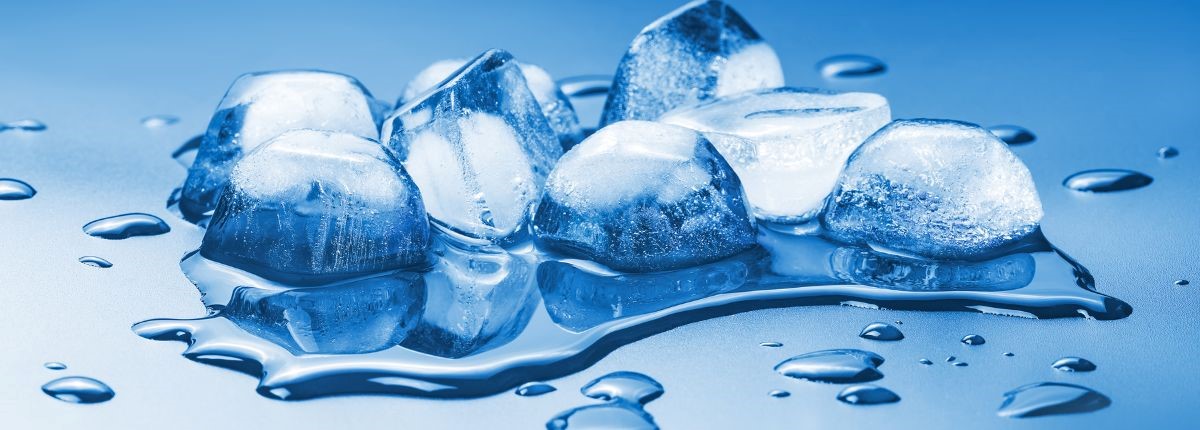
You’ve likely come across the term Phase Change Materials (PCM) and wondered, “What exactly are PCM, and why is there such a push for them as a sustainable solution?” Let’s explore the essence of PCM—they are substances with the unique capability to absorb or release energy during a phase transition. This exceptional quality enables PCMs to smoothly shift between solid and liquid states, effectively storing and releasing thermal energy in the process.
How Does It Work
When you heat a solid PCM, it turns into a liquid, absorbing a lot of heat energy in the process. Similarly, when you cool a liquid PCM, it turns into a solid, releasing the stored heat energy. This ability to absorb and release heat without changing its temperature is what makes PCM so special.
Let’s consider an everyday example: ice turning into water. To melt ice, it requires a considerable amount of energy (334 joules per gram, to be precise). However, once it becomes water, it only needs 4.18 joules per gram to raise its temperature by one degree Celsius. This stark contrast illustrates the unique capability of PCMs in absorbing and releasing energy.
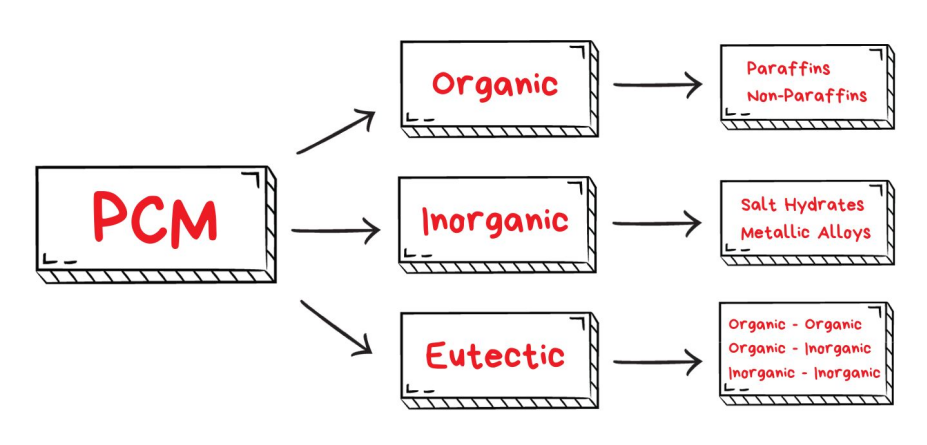
Types of Phase Change Materials
Phase Change Materials can be categorized into three main types: Organic, Inorganic, and Eutectic.
Organic PCMs: Organic PCMs are made from paraffin and non-paraffin materials, such as petroleum, plants, or animals. Paraffin wax is a notable example. These PCMs are preferred for their low cost, chemical stability, and ease of availability.
Inorganic PCMs: Inorganic PCMs like metallic alloys and salt hydrates utilize minerals and natural salts, providing high latent heat capacity and thermal conductivity, making them ideal for various applications.
Eutectic Mixtures: Eutectic PCMs are innovative blends of different materials, carefully designed to achieve specific melting points and optimize energy storage capabilities.
Sustainability of PCM
Phase Change Materials (PCMs) are considered sustainable due to their ability to enhance energy efficiency, reduce overall energy consumption, and integrate with renewable energy sources. They contribute to a more stable and reliable energy supply, extend the lifespan of products, and often involve non-toxic and environmentally friendly materials. The adaptability of PCMs in various applications makes them versatile tools for improving sustainability and minimizing environmental impact.
Applications and Impact
Phase Change Materials find diverse applications, with the following examples representing just a few available options that Pluss Advanced Technologies has to offer.
Medical Sector: PCM-based products are utilized in the healthcare field for temperature-controlled shipping of medications, vaccines, and other sensitive medical supplies. Maintaining the required temperature ensures the efficacy and safety of these products during transit.
Energy-efficient Buildings: PCM-enabled building materials regulate indoor temperatures by absorbing the excess heat during the day, releasing it at night, and vice versa. This strategic thermal management minimizes the reliance on continuous heating or cooling, resulting in substantial energy savings.
Transportation: Phase Change Material (PCM) technology finds application in cold chain logistics, especially in passive refrigerated vehicles, maintaining the right temperature for perishables. By minimizing the dependency on active cooling during transport, PCMs enhance energy efficiency and environmental sustainability in the transportation of perishable goods.
Solar Energy Solutions: In the realm of renewable energy, PCMs play a pivotal role. They are integrated into solar water heaters, largely increasing their storage capacity, ensuring a steady supply of hot water even when the sun is not shining.

Challenges and Future Innovations
While Phase Change Material technology has made remarkable strides, challenges such as material cost, encapsulation techniques, and durability persist.
Researchers and scientists around the world are tirelessly working on overcoming these hurdles, envisioning a future where PCM applications become even more widespread and impactful.
Transforming the Future with Phase Change Materials
From enhancing the energy efficiency of our homes to paving the way for greener transportation solutions, PCMs are at the heart of a sustainable future. With continued research and innovation, these materials will undoubtedly shape a world where energy conservation meets unparalleled efficiency, ensuring a brighter, eco-friendly tomorrow for generations to come.
Glacier Coolant Technology (Beijing) Co., LTD. Related products:
phase change refrigerant:
LM-XL-1
LM-XL-2
LM-XL-3
LM-XL-4/p>
phase change heat storage agent:
LM-XR-1
LM-XR-2
LM-XR-3

